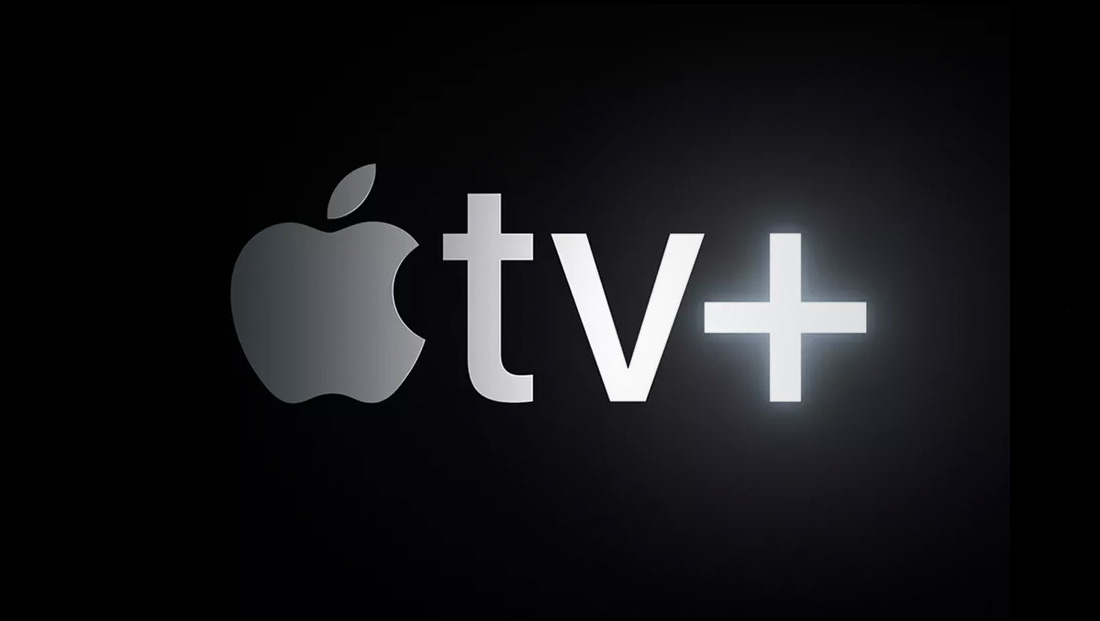Comcast to integrate with Apple TV+
By MixDex Article may include affiliate links

Comcast has announced it will allow Apple TV+ subscribers to watch the streamer’s content through their eligible Xfinity X1, Xfinity Flex or XClass TV plans.
The integration will let Comcast customers use an Apple TV+ app directly within the Xfinity user interface to watch their favorite shows, including “The Morning Show” and “Ted Lasso.”
Comcast built the new Apple TV+ app using a new set of backend development tools that will open the door for more efficient development and deployment of apps that integrate with other content providers. The tools can be used across the Xfinity platforms as well as Comcast’s Sky Q and Sky Glass in Europe plus syndication partners worldwide.
The Apple TV+ integration will roll out to Sky subscribers in December 2022, but U.S. customers are expected to be eligible to install the app starting March 7, 2022, with the rollout expected to take a few days.
All Comcast Xfinity subscribers will also get a free preview of select Apple TV+ content, including the first seasons of some programming from March 15, 2022 and to March 21, 2021.
In addition, subscribers can also sign up for the Apple TV+ service, which is normally $4.99 a month, via Xfinity and get a free 90 day trial if they sign up before April 25, 2022, which is similar to the offer consumers who buy select Apple devices are eligible for.
Existing subscribers or those who wish to sign up via their Apple accounts or the Apple One bundle can also link their accounts to the Xfinity app.
The Apple TV+ deal is similar to ones Comcast has with Netflix, Amazon Prime Video, Disney+, ESPN+, Paramount+ and other streamers.
For Comcast, integrating with other streaming providers, in addition to its own Peacock service, allows it to create a “one stop” hub of entertainment options and encourage customers to turn to their Xfinity boxes and interface to find something to watch, while also continuing to charge them for the company’s linear TV plans where applicable even as more and more people cut the cord on traditional linear TV.
Even if Xfinity didn’t provide direct access to the streaming platforms, broadband only customers would still be accessing whatever streaming services they subscribe to over Comcast’s data lines, so it makes a certain amount of sense to just make the whole process easier.
Streamers, meanwhile, may see the integrations as a way to make it easier for customers to access their services, especially in cases where customers subscribe to multiple services. They also can benefit from exposure in the Xfinity app store.
At least some are noting, however, that Apple TV+’s move is unique in that Apple also sells devices, including iPhones, iPads and Apple TV boxes, that are the primary way most people access the content it offers now. That’s partially true of Amazon, which makes Fire TV devices and tablets that users can watch its Prime Video content on, but these are typically at a much lower price.
Apple is said to have built its model around making money off both the sale of the device as well as recurring revenue from subscription services such as Apple TV+ while Amazon’s strategy is reportedly more focused on selling devices at lower costs and taking less of a profit (or even a loss) and then make money off subscription fees and digital content purchases.
By opening the gates to let Apple TV+ be seen via other avenues, Apple could take a hit on its device sales though, in the long run, it might be willing to do so in favor of recurring revenue, which has been a priority among its leadership.
Apple TV+ has also been comparatively slow to grow among streamers, despite its relatively low price point and bundling with Apple One. While the company likely makes over a $1 billion in revenue from TV+ subscription fees, that’s not as impressive when you consider how much the service needs to spend on content development, especially since it, unlike most other streamers, includes all original programming.
Popular Searches
- TV Industry News
- Broadcast Engineering News
- Broadcast Design News
- TV Talk Shows
- TV Syndication
- TV Advertising
- TV News Jobs
- TV Industry Mergers and Acquisitions
- TV Anchors
- Cable News
- Late Night TV
- TV Syndication News
- Broadcast Industry News
- TV News Drone Journalism
- TV News Augmented Reality
- TV Weather Forecasting
- TV News Journalism
- TV News Ethics
- OTT News
- News About NBC
- News About CBS
- News About ABC
- News About CNN
- News About MSNBC
- News About Fox News

